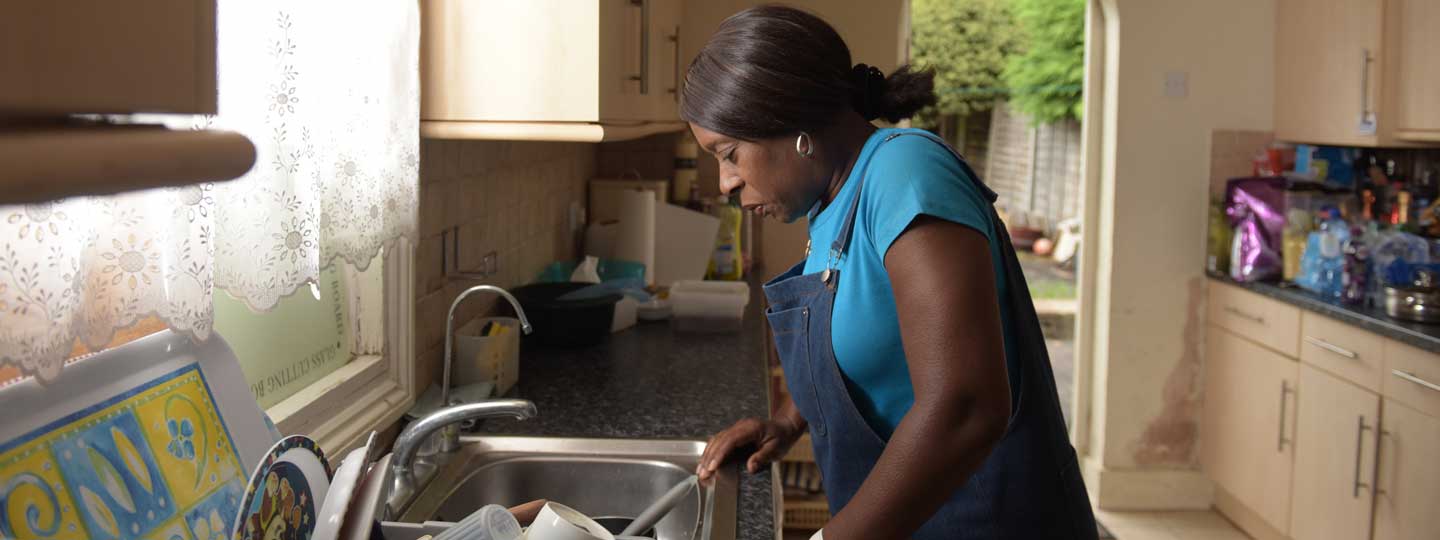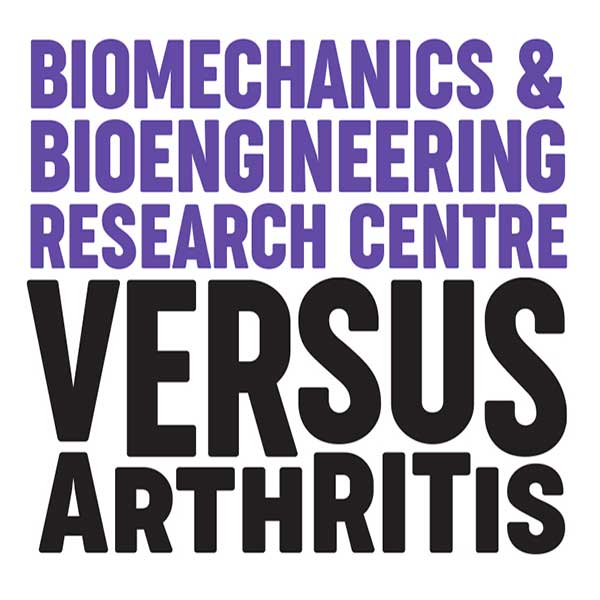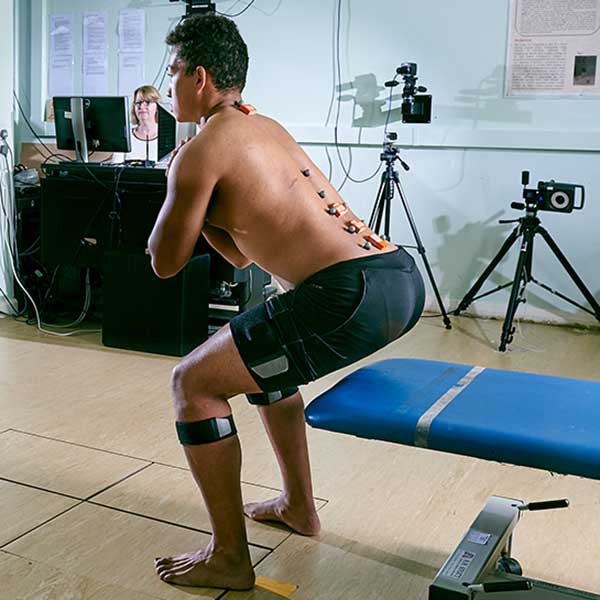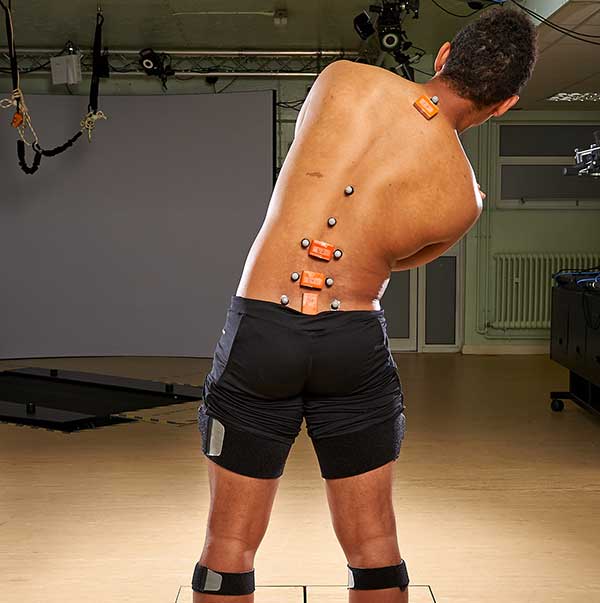How our research is tackling back pain head-on
23 September 2024
Across the UK at any given time, 11 million people are experiencing back pain, with well over half of them in severe pain.
This can have devastating consequences. We know that depression is 50% more common in people who have back pain compared to those who do not.
BACK-to-MOVE – Artificial intelligence to classify types of back pain

There’s a problem with how we diagnose back pain.
Osteoarthritis of the back affects the cartilage of the vertebrae - the small bones that make up our spine. As the spine helps hold much of our body weight, osteoarthritis in this area can cause chronic back pain.
At our Versus Arthritis Biomechanics and Bioengineering Research Centre, based at Cardiff University, researchers led by Professor Valerie Sparkes are looking at how everyday movements can influence our joints, and joint disease.
They are looking at biomechanics (joint movement and weight bearing) and bioengineering (using engineering in biology).

Nine out ten people with lower back pain have a condition that cannot be linked to a single cause and targeted directly with a treatment.
Dr Liba Sheeran, Associate Professor and Physiotherapist at the Versus Arthritis Biomechanics and Bioengineering Research Centre, says that “Without a clear source to treat, clinicians have to rely on broader strategies like exercise, advice and education, which can be less effective and take longer to show results.”
So, there’s a need to specifically group people living with back pain.
While some classification of lower back pain is possible, it is inconsistent. Dr Sheeran’s research team wanted to see if they could use artificial intelligence to create a computer model that could be used to classify lower back pain more easily.
The computer model uses video footage of a person moving their spine. Clever algorithms then use this to put people into sub-groups based on their type of movement.
“This means doctors and physios don’t need expensive, complicated equipment, but still get precise information about a patient’s spine movement,”
Researchers tested their model against the decisions of expert physiotherapists and found it classified people correctly with high accuracy. If used in standard practice in the future, this computer model could quickly pinpoint movement issues in people with non-specific lower back pain, enabling precise, targeted therapies and exercises.
“The real benefit?” Dr Sheeren explains, “It speeds up the process for both health practitioners and patients.” In turn, this means “quicker access to targeted treatments that could help patients manage their pain better and possibly recover faster.”
Using small sensing devices to measure movement in the spine and pelvis of people with lower back pain
As well as computer models, researchers have other tools in their arsenal.

One such tool is inertial measurement units (IMUs). These are small sensors that are attached to a person’s back and show differences in movement patterns, such as range of movement of different joints.
Assessments of lower back pain are usually undertaken by a physio but IMUs have some key benefits. Dr Sheeran explains that, “They’re portable, cost effective, and don’t require a specialised lab setup, making them more accessible.”
IMUs can also give us much more information about how people with lower back pain move during everyday life.
The Versus Arthritis-funded researchers found these IMUs are effective in classifying people based on their movement patterns - whether they experience pain when bending forwards (called flexion, triggered by slouching or sitting for long periods) or pain when bending backwards (called extension, triggered by standing and walking for long periods).

Healthcare professionals could begin to use IMUs to get a more accurate picture of how people with lower back pain move. This would help them to target treatments for each person, adjusting them quickly as needed. “Instead of relying on one-size-fits-all treatments and exercises, rehabilitation programmes can be tailored to the specific movement impairments of each patient and made more responsive to their progress," says Dr Sheeran.
What does this mean for people with arthritis?
The type of research being carried out at our Bioengineering and Biomechanics Centre at Cardiff University has implications across different musculoskeletal conditions. For example, findings from this research could be used to tell us more about how movement is affected in conditions such as osteoarthritis and could influence how we treat it as a result.